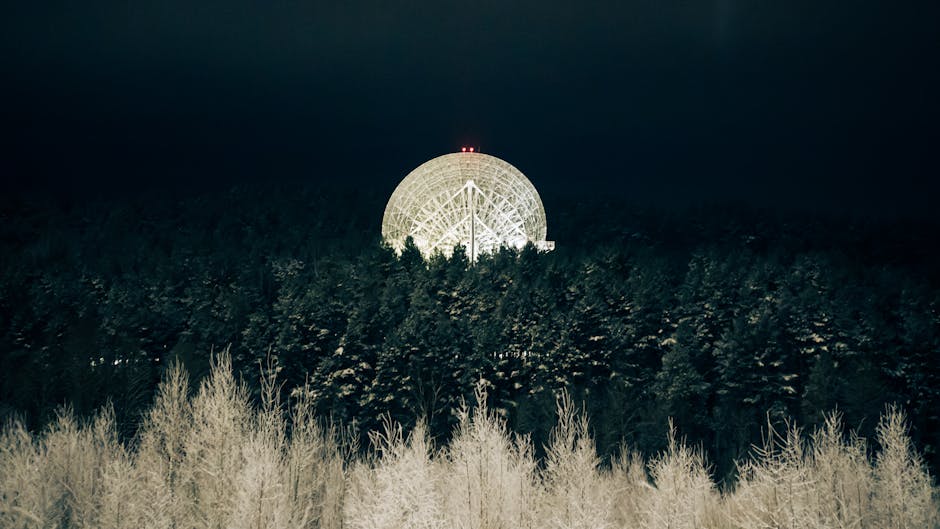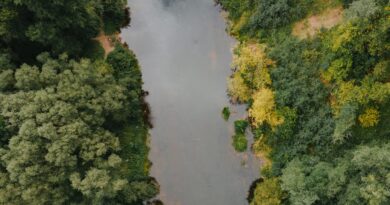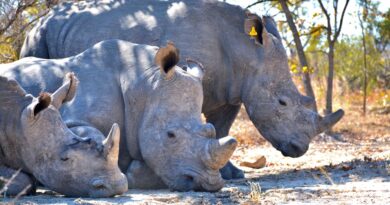Exploring the Intersection of Technology and Nature Research
Welcome to the age where technology has become intertwined with every aspect of our lives, including how we research and explore the natural world. From tracking animal migrations to studying climate change, technology has revolutionized the field of nature research in ways we could have never imagined. In this comprehensive guide, we will delve into the various ways in which technology is being used in nature research, and how these advancements have helped us gain a deeper understanding of the world around us.
The Evolution of Technology in Nature Research

Technology has played a pivotal role in shaping the way we conduct research in the natural world. In the past, researchers relied on manual methods and observations to gather data, which often limited the scope and accuracy of their findings. However, with the advent of new technologies, scientists are now able to collect vast amounts of data in a fraction of the time, enabling them to uncover patterns and trends that were previously hidden.
Drones: A Game-Changer in Nature Research

One of the most revolutionary technologies in nature research is the use of drones. These unmanned aerial vehicles have transformed the way we study wildlife, monitor habitats, and conduct aerial surveys. Drones are equipped with high-resolution cameras and sensors that can capture detailed images and data from above, providing researchers with a bird’s eye view of the natural world.
For example, scientists studying the behavior of marine mammals can use drones to track their movements and document their interactions with the environment. Drones have also been used to monitor deforestation, study the effects of climate change, and even track the spread of invasive species. The data collected by drones has helped researchers gain new insights into the complex interactions between ecosystems and the species that inhabit them.
GPS Technology: Mapping the Wild

Global Positioning System (GPS) technology has revolutionized the way we track the movements of animals in the wild. By attaching GPS collars or tags to animals, researchers can monitor their movements in real-time, allowing them to study migration patterns, habitat use, and behavior. GPS technology has provided scientists with a wealth of data that was previously unattainable, enabling them to make more informed decisions about conservation and management strategies.
For example, researchers studying the migration of birds can use GPS technology to track their movements across vast distances, providing valuable information about their breeding and wintering grounds. GPS collars have also been used to monitor the movements of large mammals such as elephants and lions, helping researchers understand their behavior and ecology.
Remote Sensing: Unveiling the Invisible

Remote sensing technology has opened up new possibilities for researchers studying the natural world. By using satellites, drones, and other remote sensing devices, scientists can collect data from remote or inaccessible areas, allowing them to monitor changes in the environment over time. Remote sensing has been instrumental in studying deforestation, monitoring wildlife populations, and tracking changes in land use.
For example, researchers studying the impact of climate change on polar ice caps can use satellite imagery to track the extent of melting over time. Remote sensing has also been used to monitor coral reefs, detect illegal logging activities, and map the distribution of invasive species. The data collected through remote sensing has provided researchers with a comprehensive view of the Earth’s ecosystems and has helped guide conservation efforts around the world.
Artificial Intelligence: Enhancing Data Analysis
Artificial Intelligence (AI) has emerged as a powerful tool in nature research, enabling researchers to analyze vast amounts of data quickly and efficiently. AI algorithms can process complex datasets, identify patterns and trends, and make predictions based on the data at hand. This technology has revolutionized the way we interpret and understand the natural world, allowing us to uncover hidden insights and connections that were previously overlooked.
For example, researchers studying the effects of climate change on biodiversity can use AI to analyze data from various sources and predict how different species will respond to changing environmental conditions. AI algorithms have also been used to classify species, identify new species, and track the spread of diseases in wildlife populations. The use of AI in nature research has the potential to revolutionize the field, providing researchers with new tools and methods to study the natural world.
The Future of Technology in Nature Research
As technology continues to advance at a rapid pace, the future of nature research looks brighter than ever. From the development of new sensors and imaging technologies to the integration of AI and machine learning, researchers are constantly pushing the boundaries of what is possible in the field of nature research. With these advancements, we can expect to gain a deeper understanding of the natural world and develop more effective strategies for conservation and management.
Common Misconceptions About Technology in Nature Research
One common misconception about the use of technology in nature research is that it replaces the need for fieldwork and hands-on observation. While technology has certainly enhanced our ability to collect data and monitor the natural world, it is still essential for researchers to conduct fieldwork and interact with the environment directly. Technology should be seen as a tool that complements traditional research methods, rather than a replacement for them.
Conclusion: Embracing Technology to Unlock the Secrets of Nature
Technology has revolutionized the field of nature research, providing researchers with new tools and methods to study the natural world in ways we never thought possible. From drones and GPS technology to remote sensing and artificial intelligence, technology has enabled us to gain a deeper understanding of the complex interactions between ecosystems and the species that inhabit them. As we look to the future, it is clear that technology will continue to play a crucial role in advancing our knowledge of the natural world and guiding conservation efforts around the globe.
So, whether you are a seasoned researcher or an aspiring naturalist, embracing technology in your work can lead to new discoveries and insights that will shape the future of nature research. By harnessing the power of technology, we can unlock the secrets of the natural world and ensure a sustainable future for generations to come.




